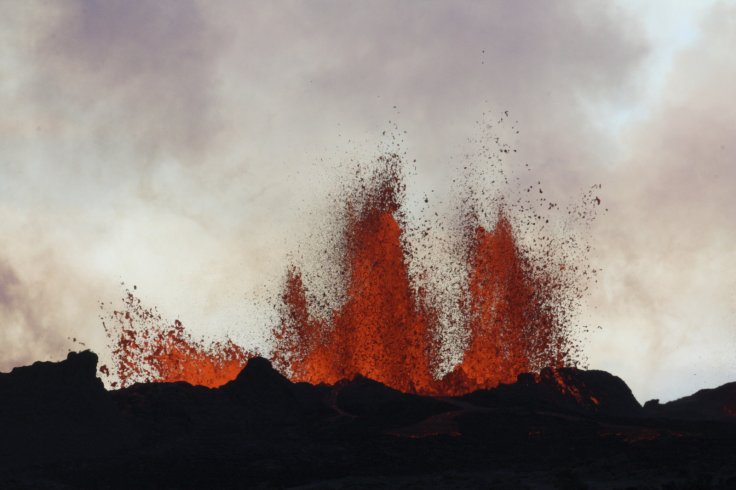
At least 15 people have been injured and one person is missing following a volcanic eruption and an avalanche at a ski resort north of Tokyo.
While those who were caught in the avalanche has been rescued, a search team has been deployed to the spot to look for the missing skier.
Mount Kusatsu-Shirane in Gunma erupted triggering the avalanche in the neighbouring Kusatsu International Ski Resort in Kusatsu-machi. Japan's Meteorological Agency (JMA) raised the volcano alert level to 3 on a scale of 5. Right now there are entry restrictions in the area around the mountain.
JMA dished out that smoke was initially seen rising from the south side of the volcano at around 10 AM local time, following which a volcanic tremor with a large amplitude was felt. The volcano was seen spewing out debris and thick black smoke. People have been injured by rocks and shards of glass.
Over the course of history, Japan has witnessed some serious share of earthquakes and major volcanic eruptions rummaging the whole infrastructure and economy. The question is, why is Japan susceptible to earthquakes?
Japan's location is to be blamed for that. Japan is situated on the western edge of the Pacific Ring of Fire which happens to be the most active seismic and volcanic zone in the world due to which Japan is often affected by earthquakes and volcanic activities.
The Pacific Ring of Fire is a string of volcanoes as well as sites of seismic activity or earthquake around the boundaries of the Pacific Ocean. Nearly 75 percent of the world's active volcanoes are situated on the Pacific Ring of Fire and nearly 90 percent of the major earthquakes occur in and around this zone. It is a 40,000 kilometer stretch in the shape of a horseshoe. Within the Ring of Fire tectonic plates such as the Pacific Plate and the Philippine Sea plate collide. The 452 volcanoes stretch from the southern tip of South America to the coast of North America and across the Bering Strait, down through Japan and then finally into New Zealand. The Ring closes with some dormant volcanoes in Antarctica.
Read more









